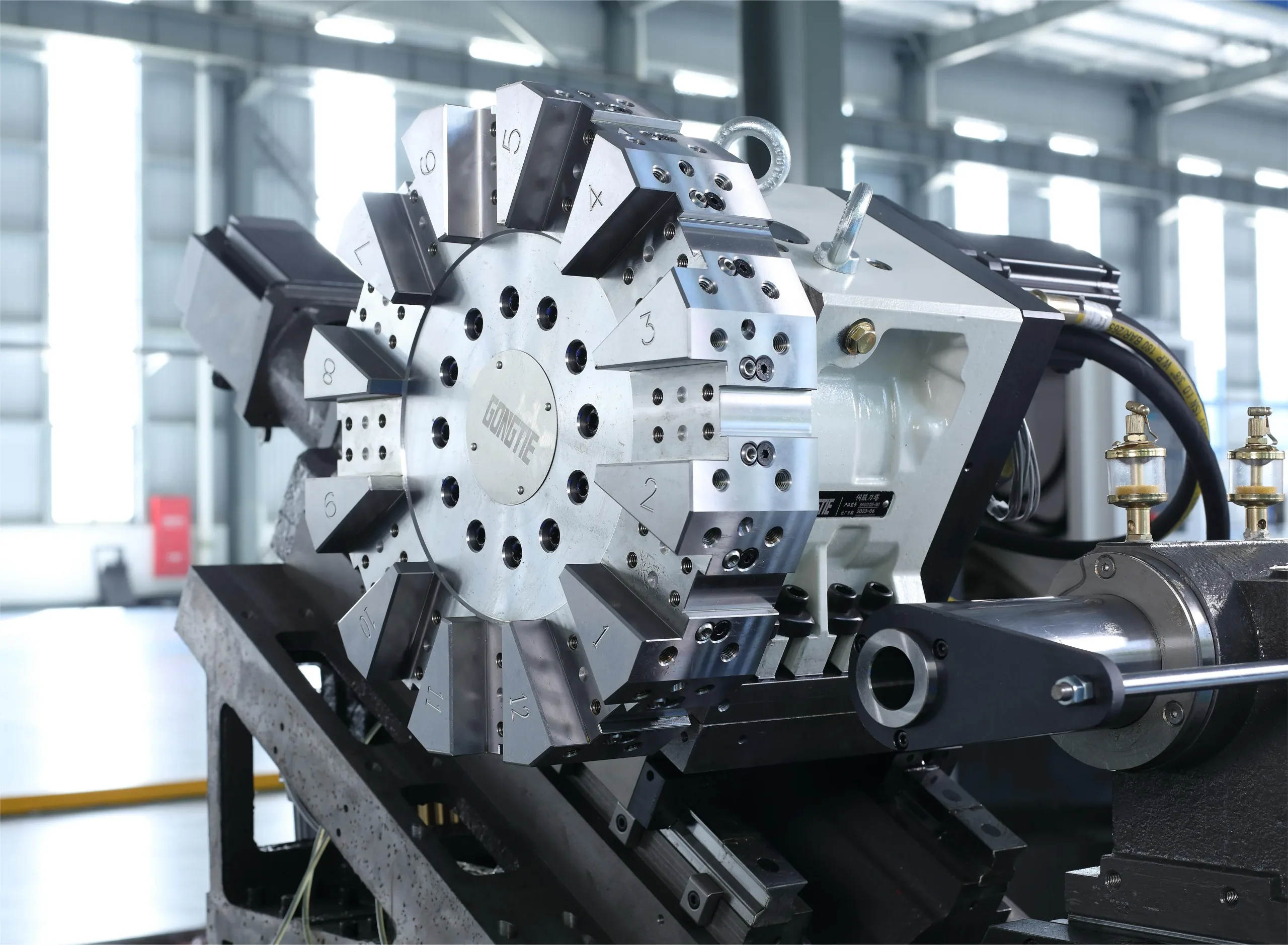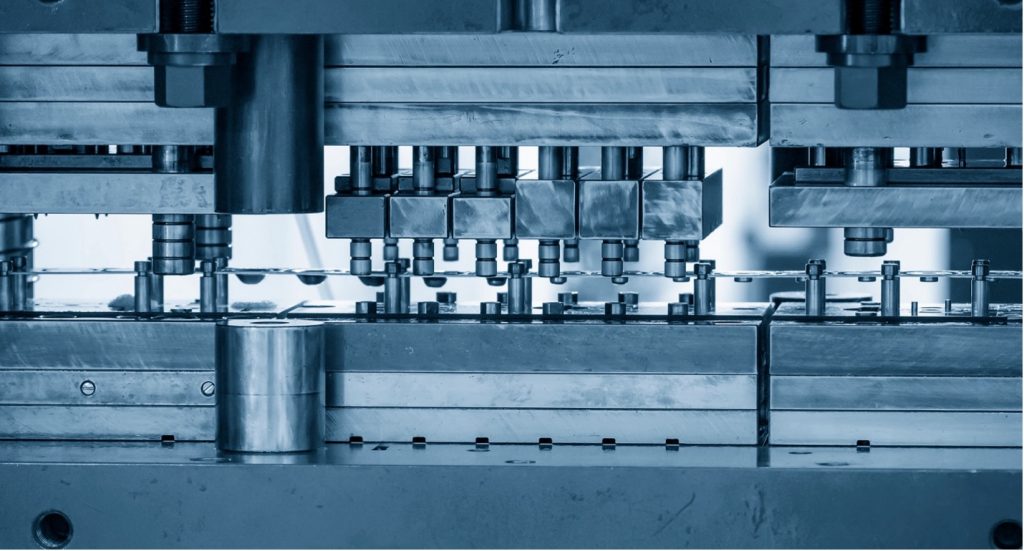Have you ever wondered why some Type-C connectors wear out more quickly, become loose after repeated insertion, or fail under thermal stress? It’s not just a matter of materials, but micron-level machining tolerances. If you source USB-C components without examining the manufacturing process of the internal metal parts, your performance could be significantly compromised. We’ll delve into how Precision Machining Parts determine everything from contact reliability to housing fit.
Micron-Level Tolerances Drive Connector Miniaturization
Shrinking the size of a USB-C terminal requires working within extremely tight tolerances. We’re referring to deviations of less than 5 micrometers. That’s thinner than a strand of hair. Precision-machined parts enable us to produce molds, cavities, and components with tolerances so tight that we can consistently meet this demand.
To achieve this, manufacturers rely on advanced CNC machines, EDM, and high-precision stamping dies. These tools ensure that each contact pin, metal shell, and insulating part fits perfectly. Even a tiny mismatch could result in a failed connection or device error—no room for guesswork.
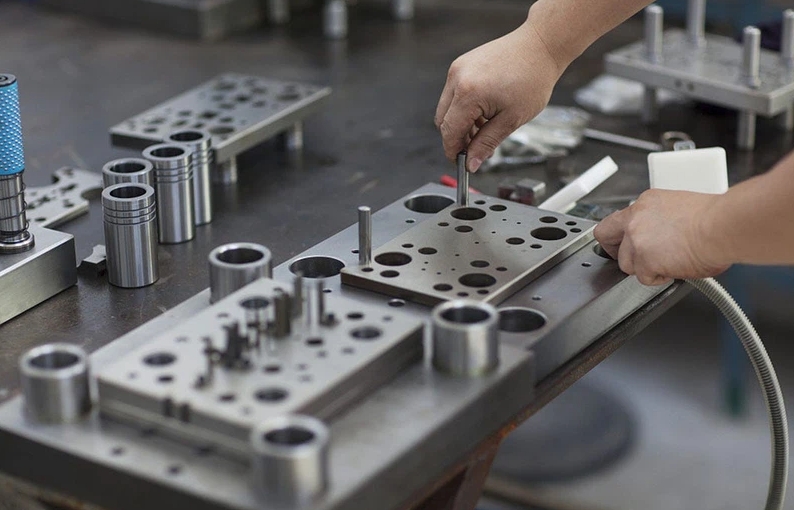
Consistent Geometry Enables Stable Electrical Contact
A Type-C terminal must deliver consistent electrical performance. This starts with consistent mechanical geometry. The inner structure needs to align perfectly so the contacts match up with every plug-in. Precision Tools and dies ensure repeatability at scale.
If the contact shape is even slightly off, resistance increases. That means heat, data loss, or charging failure. By using highly repeatable Precision Machining Parts, we guarantee reliable geometry and avoid costly failure rates. It’s not just about shape—it’s about reliability.
Precision Cutting Improves Heat Dissipation and Durability
Slim doesn’t mean weak. These terminals must be able to handle power delivery and frequent usage without failure. Metal cutting dies are used in this scenario. They shape components for heat spreaders and grounding structures that dissipate energy efficiently.
Precision cutting also reduces micro-cracks and stress points. That adds to long-term durability. In a USB-C terminal that may be used thousands of times, durability and longevity are critical. It’s the precision of the machining—not just the materials—that determines how long a connector lasts.
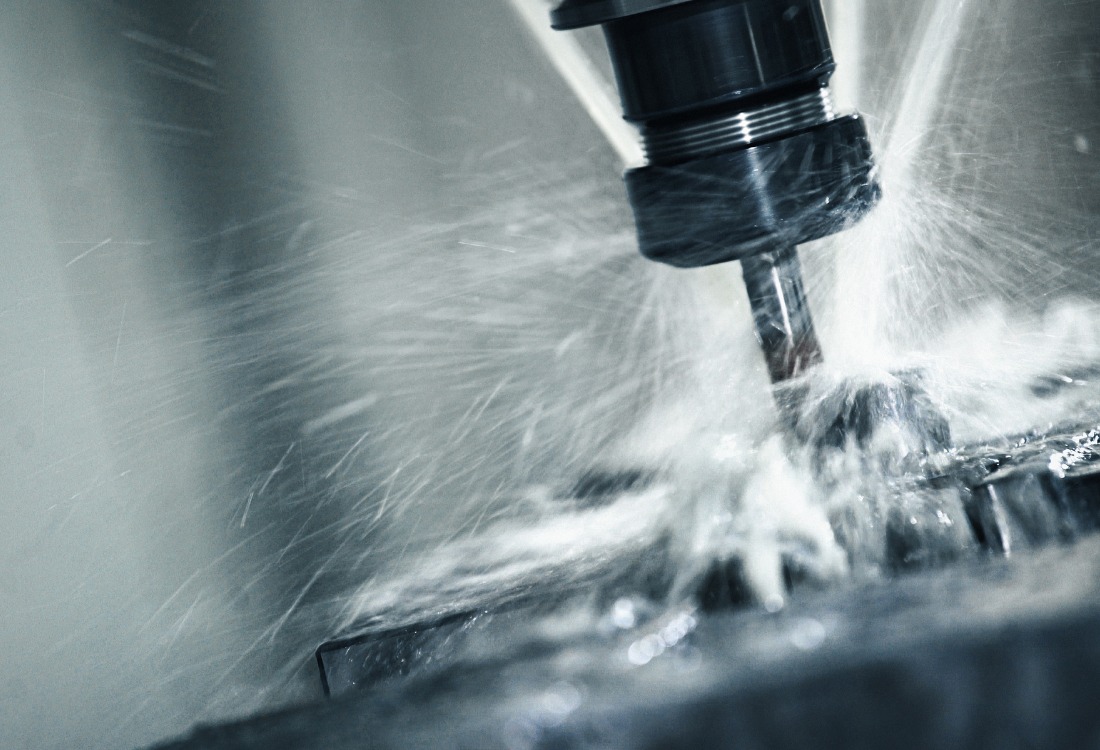
Material Compatibility Starts at the Tooling Level
Not all metals or plastics behave the same during forming. Some deform. Some shrink. Precision Machining Parts help manage this through exact matchups of tooling and material behavior. This isn’t trial and error—it’s engineering with data.
For example, when using high-performance alloys for contacts, we need dies and stamping tools that match the material’s flow characteristics. Otherwise, you get distortion. For plastics, it’s about how resin fills micro-cavities. Tooling precision determines part fidelity.
Enabling High-Density Multi-Layer Structures
USB-C terminals pack a ton into a tiny footprint. Multiple layers of contact pins, insulators, and shielding go into every terminal. That complexity demands a new level of precision. Every layer must align, stack, and assemble perfectly.
Precision-machined parts are used to create the guides, holders, and support elements that achieve this. Stamping die components, custom fixtures, and alignment tools all work together to keep the terminal compact yet fully functional. Without this, high-speed data and power delivery would fail to function.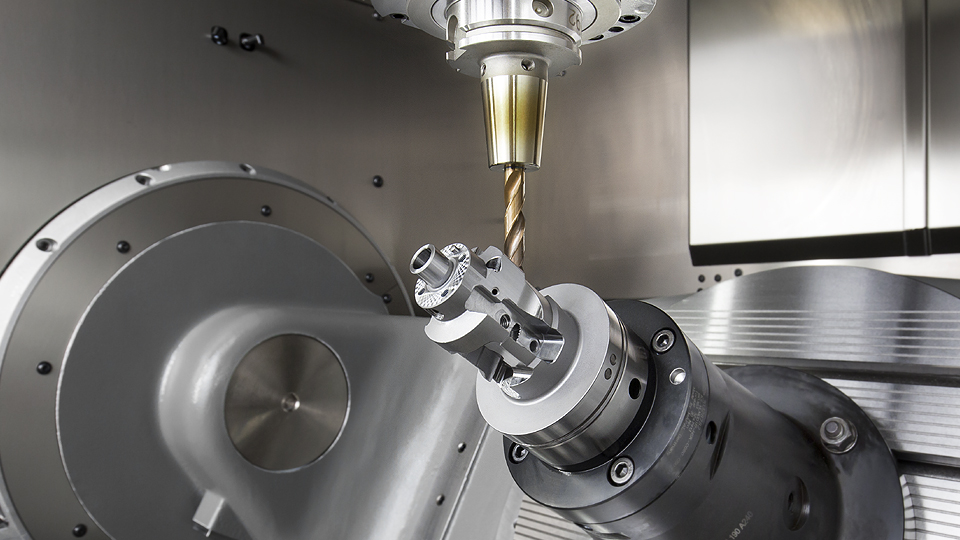
Quality Control Depends on Precision at the Source
Inspection starts with precision parts. If the mold or die is off, the whole batch will be off. So, we focus heavily on dimensional control at the machining stage. CMMs (coordinate measuring machines), laser scanners, and surface profilers all check part geometry.
But it’s not just inspection—it’s prevention. Using accurate dies and tools reduces defects in stamping, molding, and injection molding. We catch issues early, thanks to the predictability of well-made components. That saves time, money, and reputation.
Process Repeatability Ensures Scalable Production
You can’t make millions of terminals unless the first one matches the last. Precision Machining Parts make this possible. Repeatable tooling, optimized wear resistance, and interchangeable inserts ensure consistent outputs over long runs.
This helps us scale without losing quality. It also speeds up lead times because we don’t waste time on trial runs or constant tweaks. Everything is dialed in from the first shot. That’s the value of investing in good tooling.

Final Thoughts on Precision Machining Parts in USB-C Innovation
Precision Machining Parts are the unsung heroes behind ultra-slim Type-C terminals. Without micron-level accuracy, reliable materials handling, and repeatable tooling, we wouldn’t have the connectors we rely on every day. Whether it’s your phone, laptop, or game console, that tiny USB-C plug represents hundreds of hours of machining expertise. Next time you charge your device, think about what it took to make that possible. Stamping dies, precision tools, and carefully engineered parts all came together to shrink something big into something small—and powerful.


